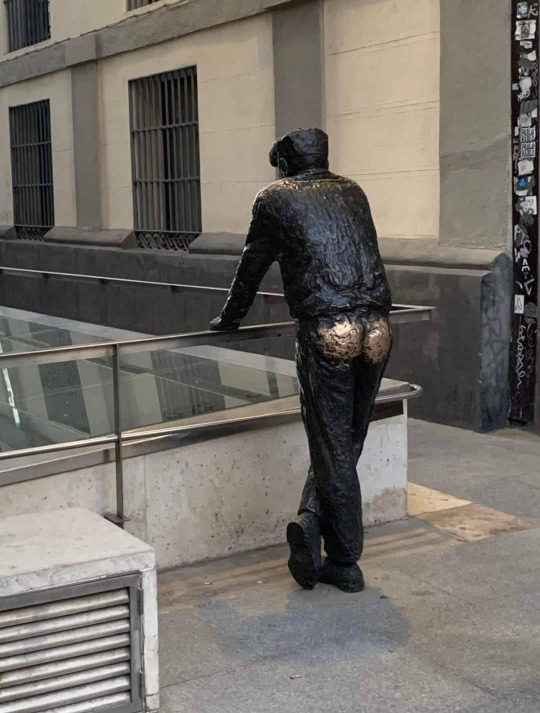#bronze Statues
Text
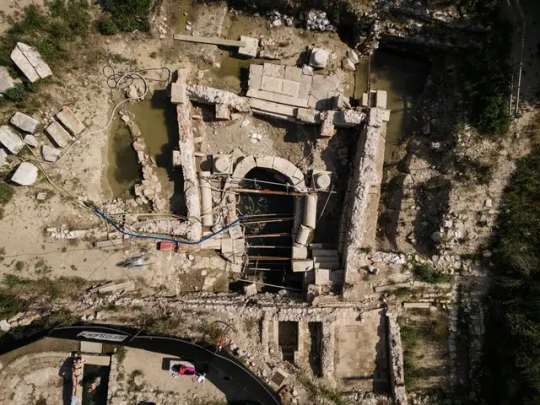


These Bronze Statues Reveal Ancient Healing Rituals
Discovered in a dig at a thermal spring in Tuscany, Italy, the well-preserved items offer a glimpse into medical practices from the Etruscan and Roman eras.
An exhibition that opened Friday at Rome’s Quirinal Palace could be described as a classic rags-to-riches story.
Just ten months ago, many of the bronze statues now on show there — artfully spotlighted and captioned — were submerged in layers of thick mud in what had been a sacred pool of thermo-mineral water roughly halfway between Florence and Rome.
Their rediscovery last fall during an ongoing archaeological excavation in a field just below the Tuscan town of San Casciano dei Bagni made headlines around the world, propelling the bronzes — via a stint in Italy’s main restoration institute — to the rare honor of being exhibited at the presidential palace.
“It’s an extraordinary discovery,” Luigi La Rocca, the culture ministry official responsible for archaeology, fine arts and landscape, told reporters at the palace on Thursday, praising the variety of the bronzes, their quality and their high degree of conservation.
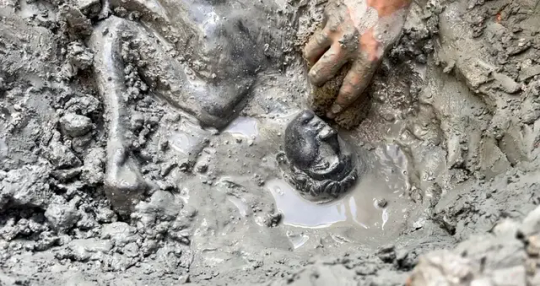
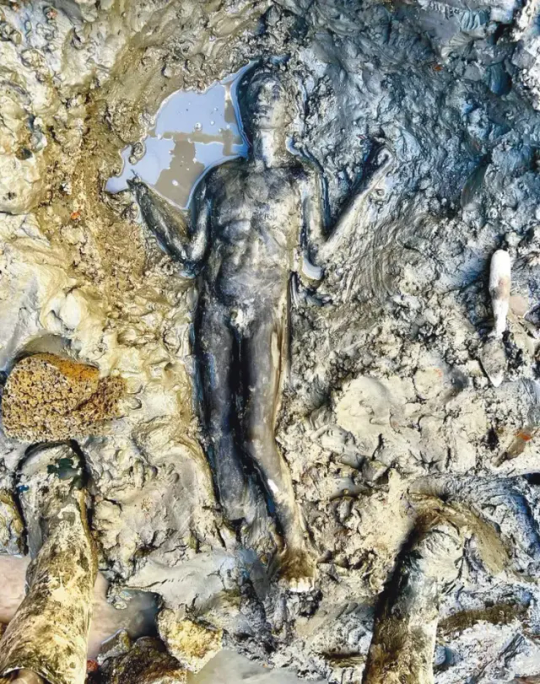
The artifacts — mostly dating from the second century B.C. to the first century A.D. — were votive offerings collected in the sacred pool of the so-called Bagno Grande, or “large bath,” part of a sanctuary that was in use in various forms for more than 700 years.
Lightning struck the building around the first century A.D., and following the Etruscan tradition of burying objects struck by lightning in a sacred place, the statues and other artifacts were concealed under a layer of terra-cotta tiles along with a bronze thunderbolt, a ritual called “fulgur conditum.”
Successive votive offerings, mostly bronze coins and plants, were deposited until Christianity became the official religion of the Roman Empire in the fourth century A.D. Then, the sanctuary was dismantled, and its offerings were buried once again, which contributed to their remarkable conservation.
The dig that uncovered them began in 2019, but it was only in 2020 that the first artifacts — inscriptions, altars and small bronzes — began to emerge. Last year, the archaeologists dug further down into the sacred pool.
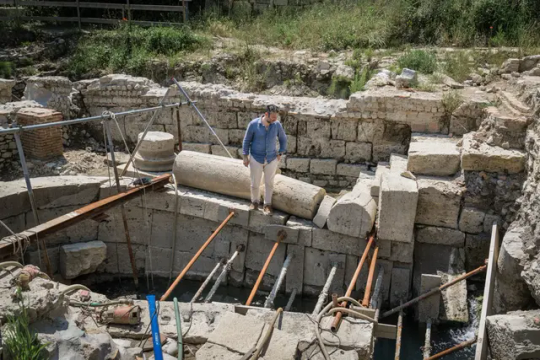
“We thought there could be something here, but nothing like what we found,” said Emanuele Mariotti, the director of the excavation, on a recent hot afternoon as he surveyed the site. “It was like a time capsule waiting to be opened,” he added.
The finds offer insights on ancient medical practices. The waters were considered curative by “Etruscans, Romans, Christians and Pagans,” Mariotti said. “This was a place of healing, meeting of cultures and medical knowledge.”
Many of the bronzes had inscriptions from the territory of Perugia, about 70 kilometers northeast of San Casciano, a considerable distance to travel more than 2,000 years ago. This shows “how complex and nuanced” cultural interaction was at the time, added Jacopo Tabolli, the scientific director of the dig and co-curator of the Quirinal show.
“Gods changed, but the water remained the same,” he added.
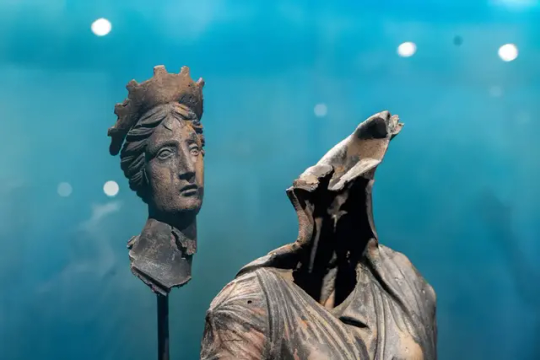

Some of the bronzes are still being restored, but many made it to the Quirinal for the exhibition. In one room, bronzes of arms, feet, ears and other body parts are on display, reflecting the various ailments that were treated at the thermal baths.
“These are unique,” Mariotti said, stopping in front of two bronze plaques showing what he said was a “very accurate” depiction of internal organs. Similar terra-cotta examples existed, he said, but bronze versions were hitherto unknown.
Other statues represented gods and goddesses, but also men, women and small children, wrapped in swaddling cloths. Some were sickly and in need of healing. Others appeared to have benefited from the cures.


The thermal springs are still used today for their therapeutic properties, both in the public baths near the archaeological site and at a private resort.
For San Casciano dei Bagni, a picturesque hilltop town, the ancient finds will hopefully bring new economic prospects, especially after the opening of a new museum in the city center.
Earlier this week, at a property deed transfer in Rome attended by various authorities, the culture ministry formally bought a palazzo in San Casciano dei Bagni from local clerics to house the museum (list price 670,000 euros, around $730,000) and Italy’s culture minister, Gennaro Sangiuliano, pledged to contribute “additional resources.”

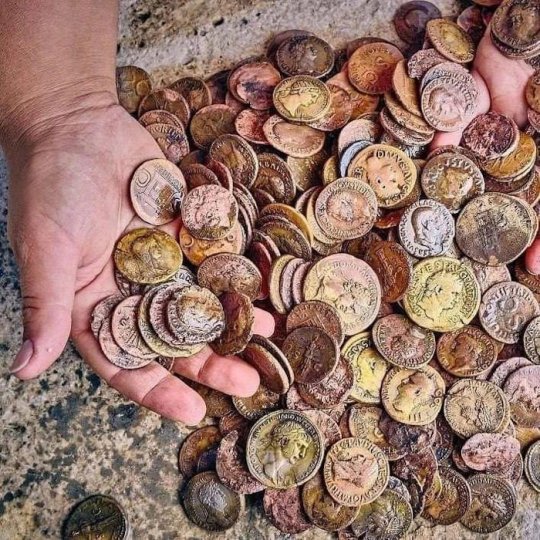

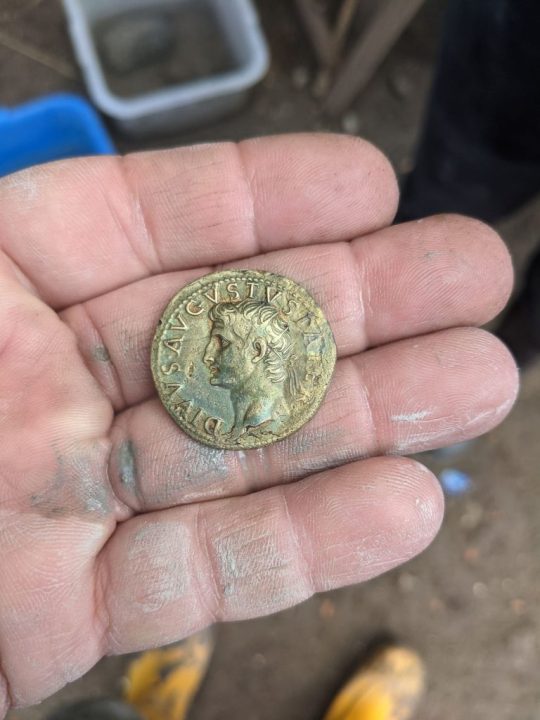
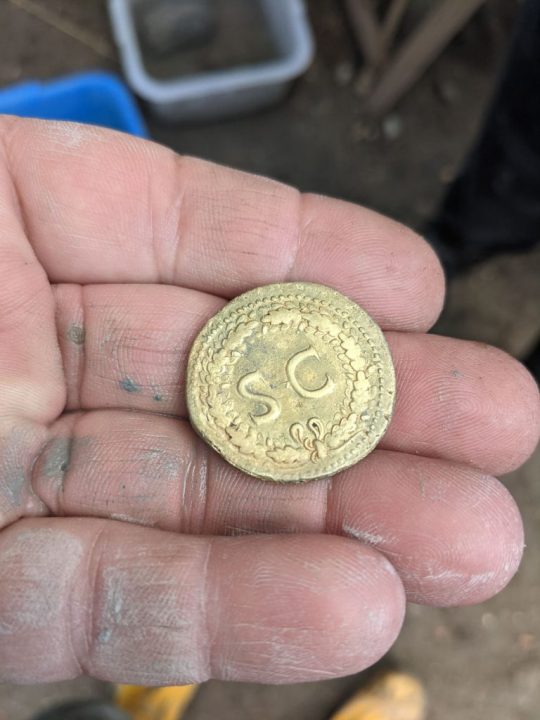

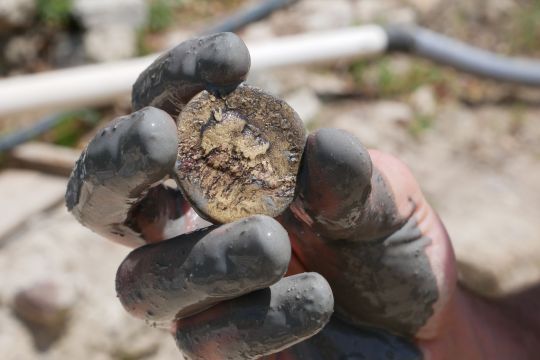
Massimo Osanna, the director of Italy’s state museums said Thursday that he hoped one section of the museum would be ready next year. “I’m an optimist,” he said.
“It’s going to be a tremendous opportunity,” said Agnese Carletti, the town’s mayor. Following on from previous administrations, Carletti’s council championed and funded the local archaeological excavations that led to the finds, offering room and board to archaeology students participating in the summer digs.
A new excavation begins next week, and Tabolli said that it would concentrate on expanding the archaeological site to better understand the context around the sacred pool. “We’ve reconstructed the structure of the sanctuary, but there is still much more to know about the overall site which must have been monumental,” he said.
Osanna said that more surprises could be in store. “We don’t know what else the sanctuary has to offer,” he said.
By Elisabetta Povoledo.
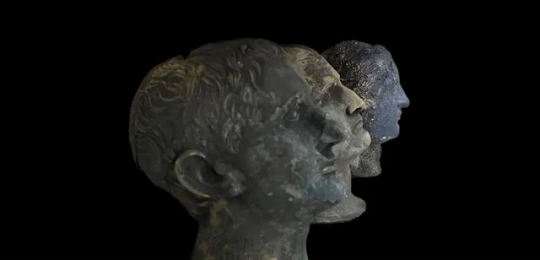



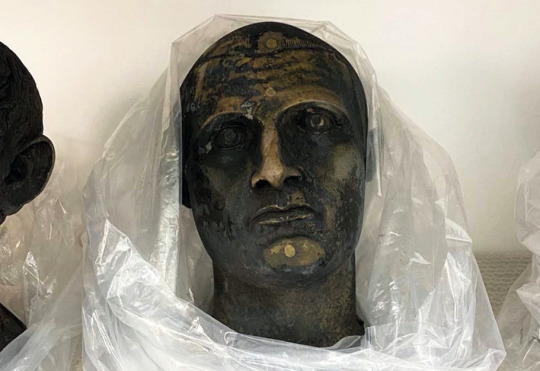

#These Bronze Statues Reveal Ancient Healing Rituals#Etruscan And Roman Treasure Trove Unearthed In San Casciano dei Bagni#bronze#bronze statues#bronze sculpture#roman coins#ancient artifacts#archeology#archeolgst#history#history news#ancient history#ancient culture#ancient civilizations#roman history#roman empire#etruscan history#etruscan art#roman art#ancient art#long reads
126 notes
·
View notes
Text



I went to the National Sculpture Gallery yesterday, here's some highlights.
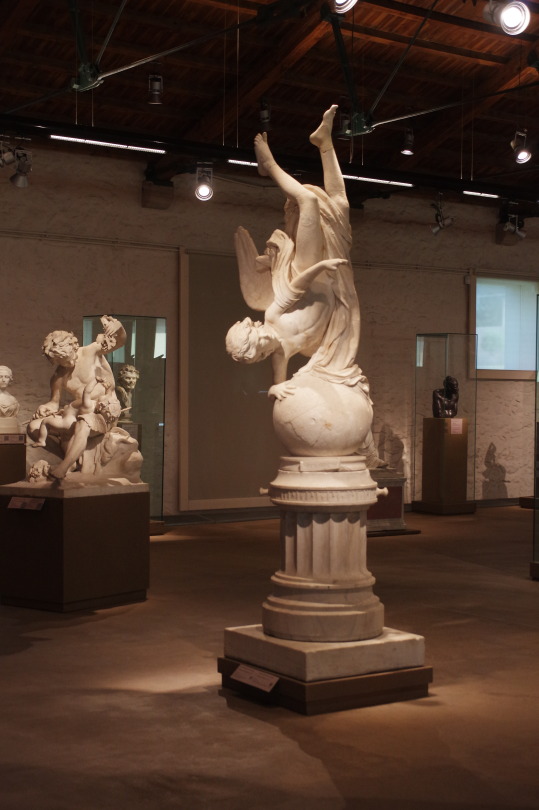
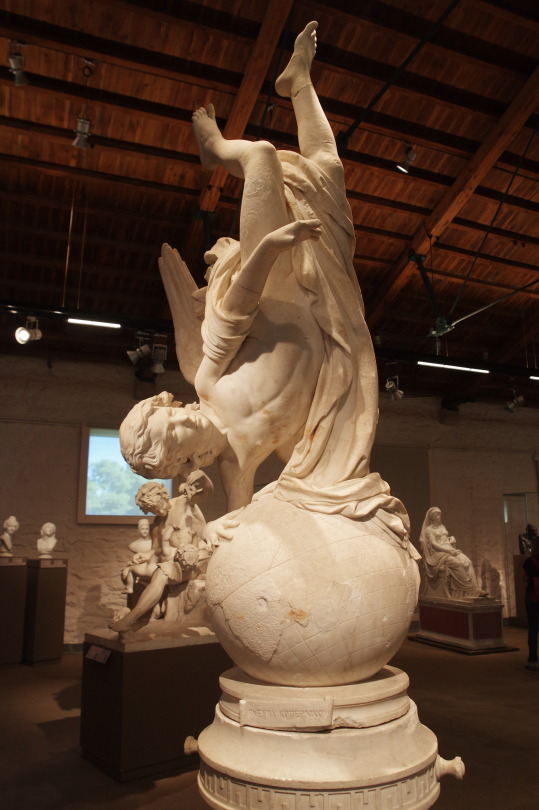
The spirit of Copernicus (1877), by Georgios Vroutos.

Satyr playing with Eros (1877), by Yannoulis Halepas.

Nana (1896-1897), by Georgios Bonanos - inspired by the heroine of Émile Zola's Nana.
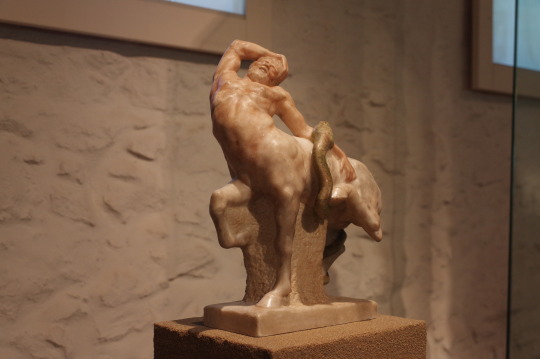
Centaur (1901), by Thomas Thomopoulos, who is also featured here on this blog, with a stunning sculpture of a broken angel at the cemetery of Anastasi.
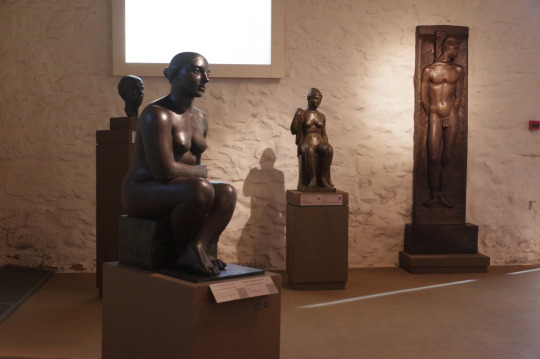
Stout seated woman (1948), by Michael Tombros.

The Eraser (1980), by Gabriela Simossi.

The hunter (from the series States of Mind, 2002), by Pantelis Chandris.
And a sculpture by René Magritte, The Therapeutist (Healer) (1967, a gift by Alexandros Iolas, a known art collector and artist promoter of the Greek world.
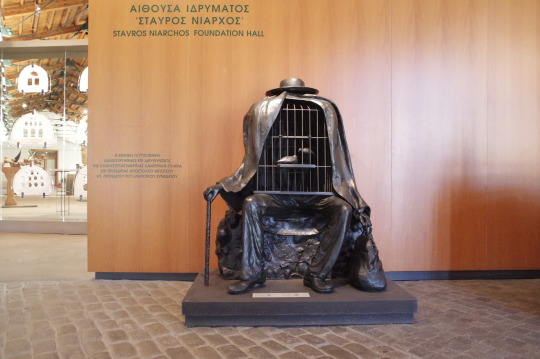
#Greece#national sculpture gallery#greek national sculpture gallery#alsos stratou#sculpture#marble#marble statues#bronze statues#greek modern art#modern art#art#19th century art#19th century greek art#20th century greek art#20th century art#rene magritte#thomas thomopoulos#Ελλάδα#ελληνική τέχνη#εθνική γλυπτοθήκη#γλυπτική#σύγχρονη γλυπτική#αγάλματα#γουδή#άλσος στρατού
58 notes
·
View notes
Text
Incredible find. Never discount amateur historians - they often know a tremendous amount.
18 notes
·
View notes
Text
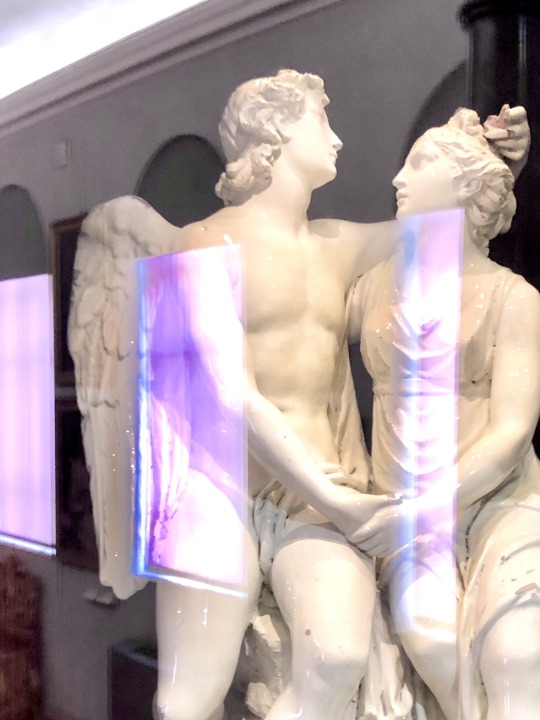





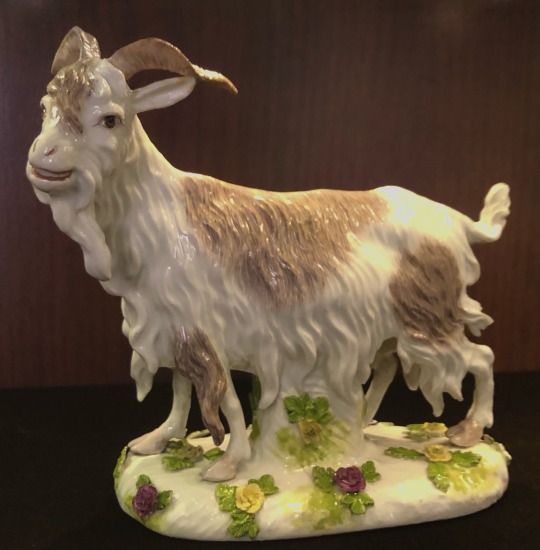

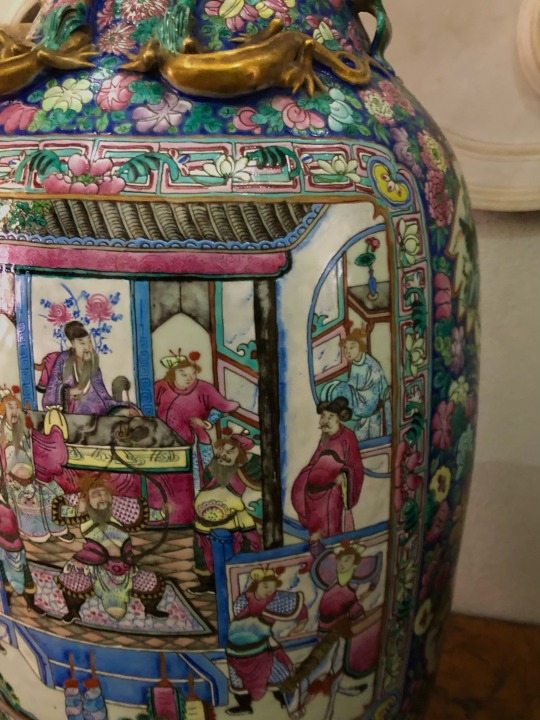
27-01-2023
statues and ceramics, musei capitolini
#ondomocell no photo gallery#photography#ceramics#art#musei capitolini#vaporwave#statues#bronze statues#eastern ceramics
5 notes
·
View notes
Text
Balancing Space and Time
Two bronze statues in two different boroughs in two different seasons by two female sculptors in two different centuries. One resides in the Murray Hill section of Manhattan, the other was created in Murray Hill and stands in Brooklyn. Both are about balance, but while he projects it through Space, she qualifies it through Time.
I saw him first, coming upon him suddenly and unexpectedly as I was…

View On WordPress
#balance#bronze statues#Brooklyn#Brooklyn Botanic Garden#butterfly sundial#New York City#Roses of Yesterday#the Golden Mean#time and space
0 notes
Text
Gopura Kalasam - Gold Plating Art Studio LLP
Gopura Kalasam price Gold Plated for Aesthetic temple Gopurams - Call +916383910192 | Bronze Idols Manufacturer in Chennai.
#gopurakalasam #Bronzeidol #brassidol #templegopurakalasam
Gopura kalasam, Temple gopura kalasam

#Bronze idols#Brass idols#Panchaloha idols#24Kt gold plating#Gold plated idols#Idol manufacturer#Investment casting#Copper idols#Brass god idols#Copper god idols#Bronze sculpture#Leaders statues#Bronze statues#Copper statues#Panchaloha statues#Silver plating#Gold coating#Gold electroplating
1 note
·
View note
Text

#Statue of Lenin#Lenin#Vladimir Lenin#statue#statues#bronze#bronze statue#bronze statues#fremont seattle#fremont wa#fremont washington#fremont#wa#washington#washington state#Emil Venkov#seattle#seattle wa#seattle washington#Libertas Quirkas – freedom to be peculiar#Libertas Quirkas#freedom to be peculiar#film#film photography#film camera
0 notes
Text

Calcagno family burial monument at Staglieno Cemetery in Genoa, Italy. A bronze masterpiece statue lying on the steps, deposing a last flower on the grave; the personification of sorrow. Work of Adolfo Apolloni in 1904.
5K notes
·
View notes
Text
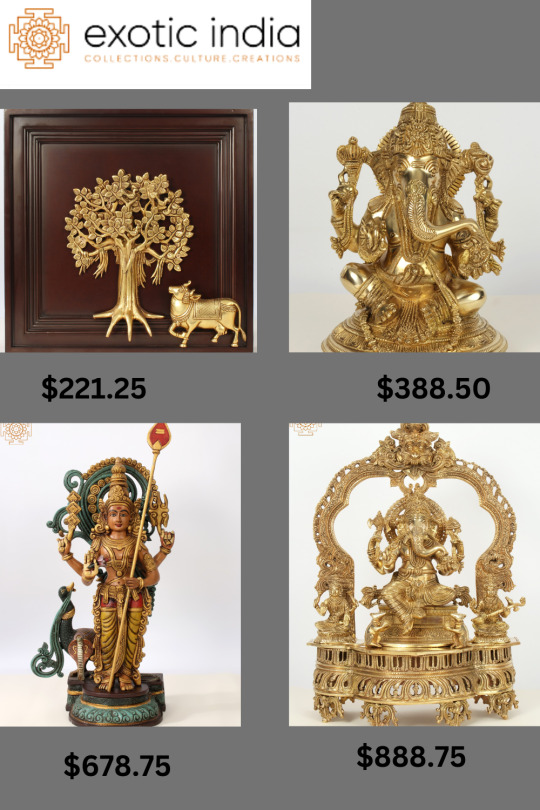
Hindu God Statues and sculptures Online | Exotic India
Exotic India carries a large variety of Hindu gods statues for sale, including Ganesha, Vishnu, Shiva, Nataraja, Lakshmi, Saraswati, Parvati, Hanuman and etc
Visit Us:- https://www.exoticindiaart.com/sculptures/hindu/
#God Statues#Hindu God Statues#sculptures Online#bronze Statues#Wood Statues#brass Statues#stone Statues
0 notes
Text

Head from a bronze statue of the Roman emperor Alexander Severus (222-235 AD) from Ryakia, Archaeologica Museum, Dion
974 notes
·
View notes
Text


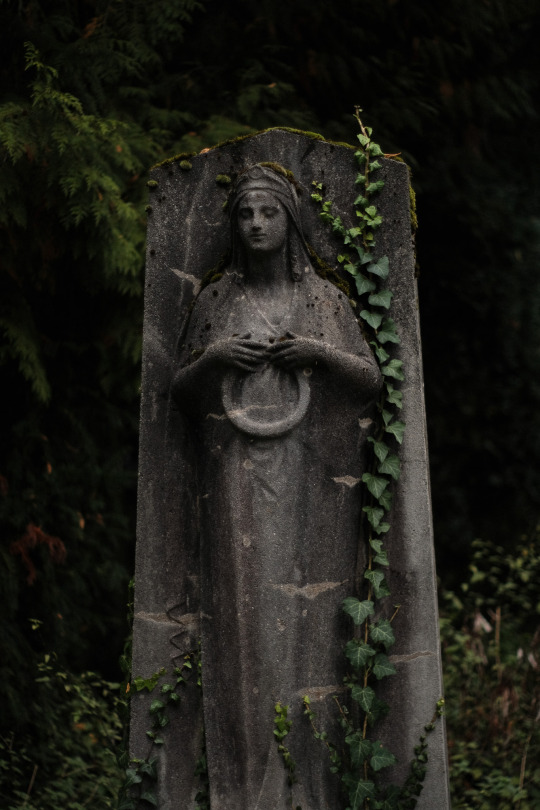

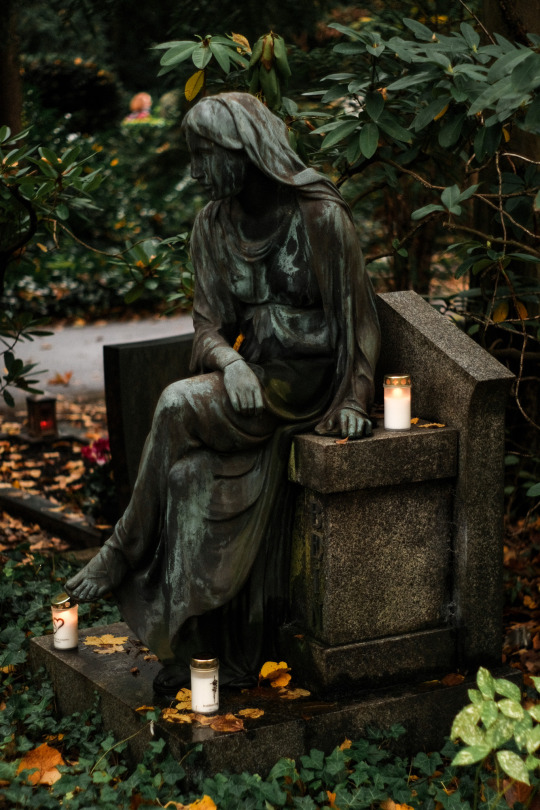
delicate angels of solemnity, 2023
#new city#new graveyard#same old#graveyard chronicles#statue#graveyard#cemetery#autumn mood#dark and moody#stone statue#bronze statue#belle epoque#19th century#art reference
1K notes
·
View notes
Text
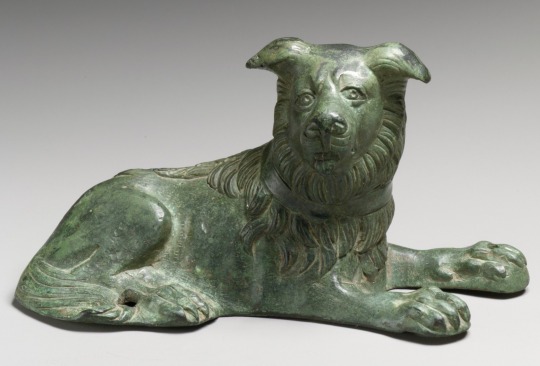
Bronze statuette of a dog
Roman
2nd-3rd century CE
#roman art#dogs#bronze#bronze statue#animals in art#ancient art#ancient people#ancient statue#statue aesthetic#aesthetic#beauty#ancient artifacts#artifacts#antiquities#beautiful animals#dogs of tumblr#cute dogs#modern art#art history#aesthetictumblr#tumblraesthetic#tumblrpic#tumblrpictures#tumblr art#tumblrstyle#artists on tumblr
2K notes
·
View notes
Text


The Riace Bronzes were found in the sea off the coast of Italy in 1972. They are life sized, bearded warriors cast in the 5th century BCE. Ancient Greek bronzes rarely survive as many were later melted down. We only really know how Ancient Greek bronze sculptures looked like because the Romans were copycats.
Reggio di Calabria, Italy
#ancient art#Ancient Greek#Ancient Greece#bronze#statue#art history#Italy#Italia#Reggio calabria#travel#original photography#iphonography#museum#archaeology#photographers on tumblr#photography#lensblr#history#wanderingjana
603 notes
·
View notes
Text






APOLLO/APLU
The god, in an unusual, almost dance-like pose, is represented in the act of drawing the bow.
Etrusco-Roman bronze votive statue
Hellenistic period Roman Mid-Late Republican period, 2nd cent. BCE
Excavated from the sacred well in the sanctuary at San Casciano dei Bagni
On display at the Museo Archeologico Nazionale di Napoli, Naples, Italy
#apollo#apollon#greek mythology#greek gods#hellenic polytheism#statue#sculpture#bronze#etruscan bronze
210 notes
·
View notes
